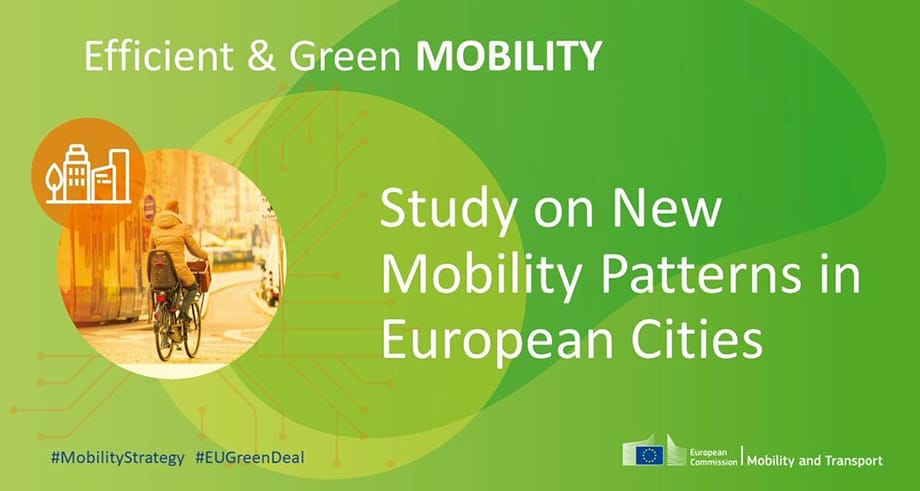
The European Commission recently published the results of a broad Study on New Mobility Patterns, unveiling the mobility choices of citizens across the EU and how the urban logistics sector is developing in 16 cities.
In the first of three surveys, the Commission presents the results of EU-wide passenger mobility which showed that, on average, EU citizens travelled 27 km per day for an average duration of 80 minutes. The predominant means of transport in 2021 was the car, which was used for almost half of all trips. Excluding trips made by car, walking is the most popular way of moving around in most of the EU, with the Netherlands as a notable exception, where cycling is more popular. New mobility forms are gaining traction: ride-hailing (23%) and ride-sharing (12%) are attracting the most users; however, they are generally used on an occasional basis.
The results of the survey were influenced by the COVID-19 pandemic, which affected travel behaviour and restricted travel options. Indeed, 64% of respondents found that the pandemic affected their mobility.
Mobility is essential to the productive functioning of the economy. However, there are growing concerns about the long-term sustainability of major transportation systems. The European Green Deal (EGD) and the Strategy for Sustainable and Smart Mobility (SSMS) aim to reduce transport-related greenhouse gas emissions by 90% by 2050 compared to 1990 levels, delivered by a smart, competitive, safe, accessible and affordable transport system, as committed by the Climate Law.
Mobility surveys provide information on mobility patterns and behaviours, which are essential for formulating and implementing different policy measures. For these reasons, the European Commission launched an EU-wide survey on New Mobility Patterns covering all mobility modes, including urban and non-urban trips, using the methodology recommended by Eurostat Passenger Mobility Guidelines.
The travel survey targeted individuals aged between 15 and 84 years old and were conducted from March to August 2021. It collected information on the number of trips and mobility by mode of transport, with a specific focus on new mobility forms adopted in cities. A systematic review of previous travel surveys conducted at the EU and national levels preceded the survey.
Source: European Commission



